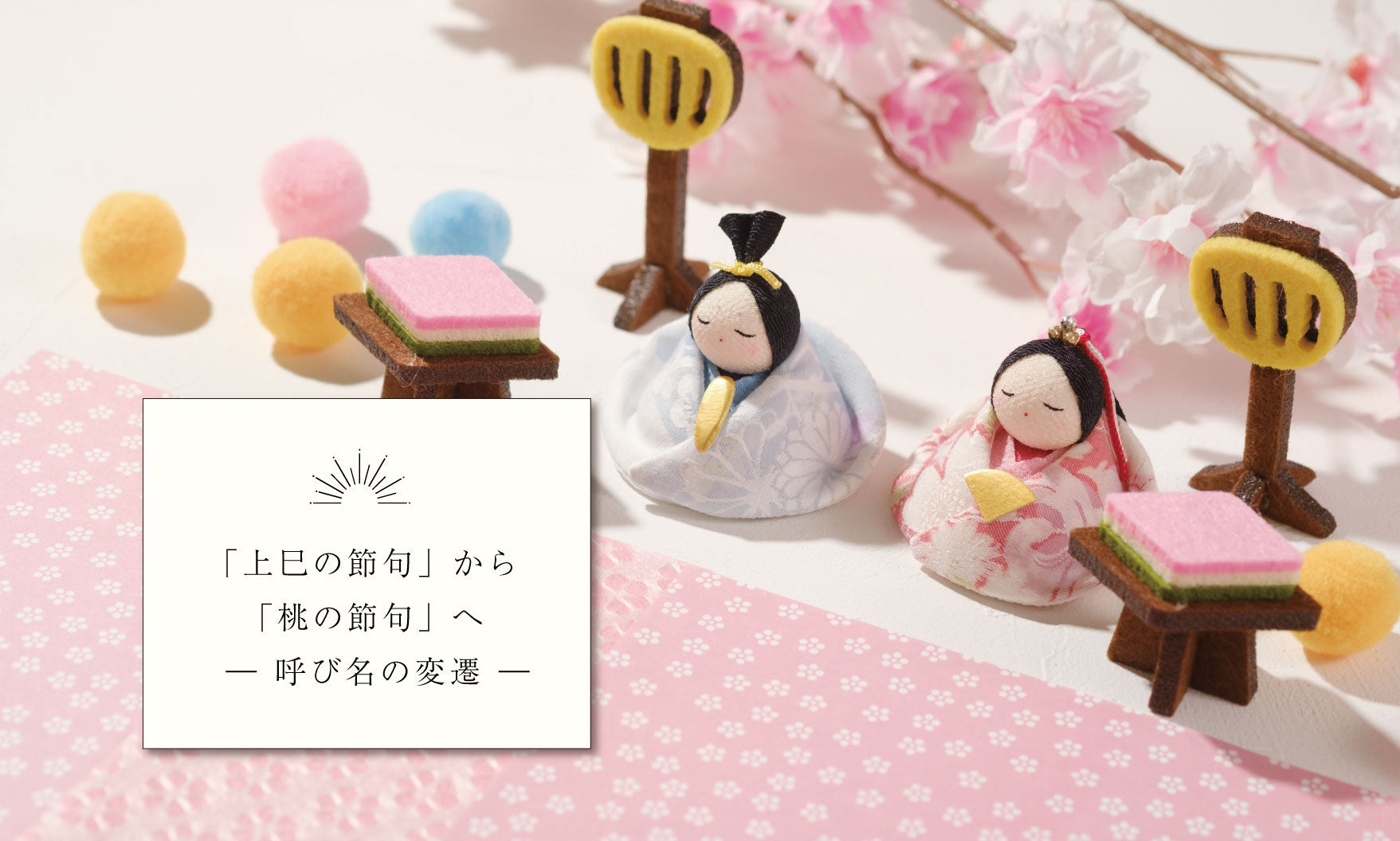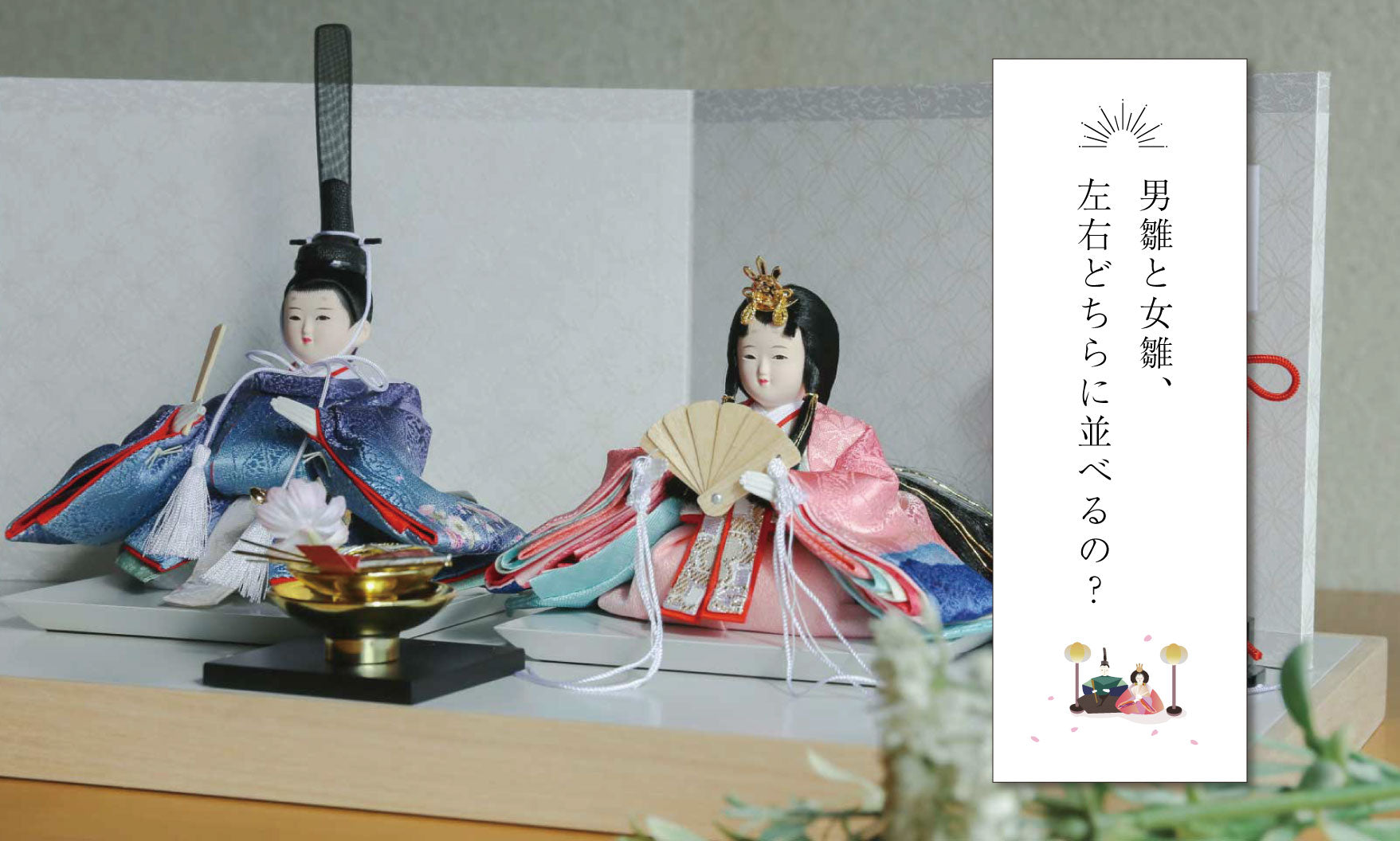One of the customs associated with the Girls' Festival is the traditional event called "Nagashibina."
This is an ancient form of prayer in which impurities such as illness and disaster are transferred to simple dolls made from paper, plants, and wood, and then floated down the river.
Nagashibina is said to be the origin of the modern Hinamatsuri and is an important custom.
Let's trace its origins and how it has survived to the present day. 
■ It all started with "substitute faith"
The roots of Nagashibina can be found in the ancient Japanese custom of "misogi" (purification).
Water is believed to have the power to wash away impurities, and people have traditionally purified their body and mind in rivers or the sea before religious ceremonies.
Appearing in the show are simple figures of people made of paper and straw called "hitogata" (dolls).
There was a belief that people could transfer their misfortunes onto the doll and then ward off disasters by having water flow through it.

▲ A paper doll
■ Fusion with the Chinese "Joshi Festival"
Even in ancient times, there were Chinese "evil-warding" events on March 3rd of the lunar calendar (Jōshi no Sekku), such as purifying oneself in a river and holding a banquet.
This culture was brought to Japan, where it was fused with the ancient Japanese practice of warding off evil spirits using "hitogata" (dolls), and developed into the typhoon "Nagashibina" festival.
■ During the Heian period, it was used in court events
During the Heian period, an event was held at the Imperial Court in which bad luck would be transferred to a paper doll, a priest would be called in to offer prayers, and the doll would then be released into the river along with offerings.
This custom gave rise to the thrilling "Hina play" and the worldview that would become the prototype for Hina dolls.
■ What Ryuhina conveys to us today
The "Nagashi Hina" event continues today all over Japan.
.
-
"Nagashi Hina" festival at Shimogamo Shrine in Kyoto
-
The "Nagashibina Custom" of Mochigase Town, Tottori Prefecture
-
In Okayama Prefecture, there are doll memorial ceremonies at Kibitsu Shrine and other places.
In some places they are released into the river as part of a ritual, while in other areas they are offered at shrines out of environmental considerations, or are burned as a memorial.
Though the form may have changed, the wishes for "children to grow up safely" and "to ward off misfortune" remain the same from the past to the present.

■ Hina dolls are "charms" that ward off misfortune
The Nagarehina culture continues in the modern custom of "celebrating by displaying Hina dolls."
Originally, Hina dolls were substitute dolls.
They are treasured as a once in a lifetime talisman that will protect the child from illness and misfortune on their behalf.
■ Modern "Nagashibina" (Flowing Dolls) that can be done at home
This year, the "modern version of Nagashi Hina" which can be enjoyed at home is also popular.
-
Write your wish on a paper doll and submerge it in water
-
If you cannot flush the doll, please hold a memorial service for the doll at a shrine or other facility.
-
When decorating the Hina dolls, gently convey your "wish"
Our desire for our children's health and happiness has not changed.
Even small actions have big wishes put into them.










